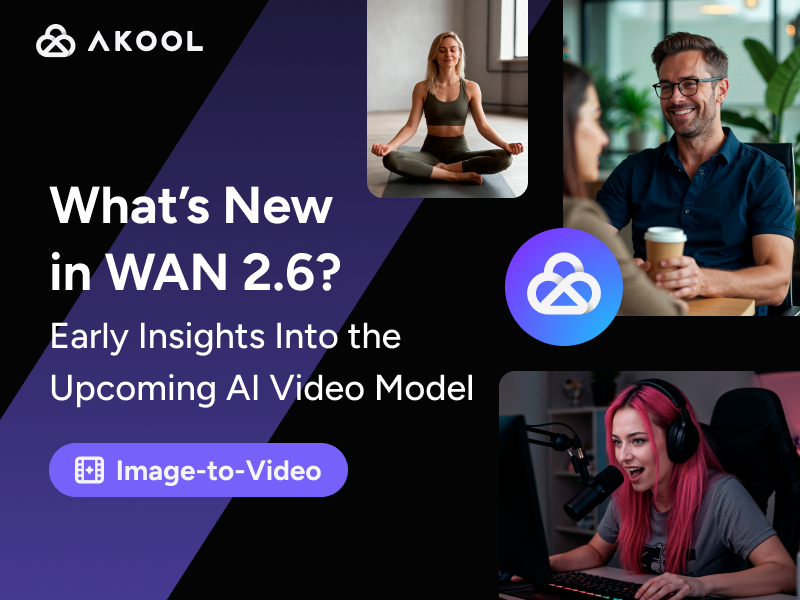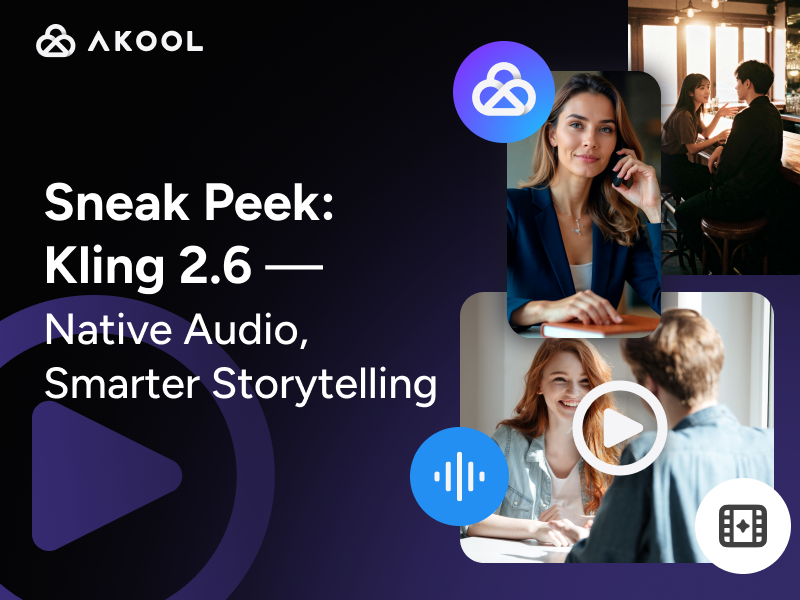Introduction to AI Sentiment Analysis for HR
AI sentiment analysis for HR involves using machine learning algorithms to interpret and classify emotions in employee communications. By analyzing text data from emails, surveys, or social media, AI can provide valuable insights into employee morale and satisfaction. Key capabilities include identifying trends, predicting potential issues, and enhancing workplace culture. The formula: Sentiment Score = Positive Sentiments - Negative Sentiments, helps quantify overall sentiment. For those interested in integrating AI further into HR practices, exploring AI in Human Resources is recommended.
How to Use AI Sentiment Analysis for HR
AI sentiment analysis can be a powerful tool for HR professionals, offering insights into employee emotions and fostering a better workplace environment. Here's a step-by-step guide on how to effectively use AI sentiment analysis in HR:
1. Understand the Basics
- Definition: AI sentiment analysis involves using algorithms to detect and classify emotions in text data.
- Key Capability: This process can help identify trends in employee sentiment, predict potential issues, and enhance overall workplace culture.
2. Set Clear Objectives
- Define what you want to achieve, such as improving employee engagement, enhancing recruitment processes, or monitoring workplace culture. Consider tools like AI for Employee Engagement to assist in these areas.
3. Gather Data
- Collect text data from various sources like employee surveys, feedback forms, emails, and internal communication platforms.
4. Preprocess the Data
- Clean and standardize the data by removing irrelevant information and ensuring consistency in format.
5. Choose the Right Tools and Techniques
- Feature Extraction: Use techniques like word embeddings or bag-of-words to convert text into numerical data.
- Sentiment Classification: Apply machine learning models, such as logistic regression or deep learning networks, to categorize sentiments as positive, negative, or neutral.
6. Calculate Sentiment Scores
- Use the formula: Sentiment Score = Positive Sentiments - Negative Sentiments to quantify emotions.
7. Analyze and Interpret Results
- Look for patterns and trends in sentiment scores to identify potential issues or areas for improvement.
8. Implement Changes and Monitor
- Use the insights gained to make informed decisions and implement strategies to improve employee satisfaction and workplace culture.
- Continuously monitor sentiment to track the effectiveness of your initiatives. Explore Predictive HR Analytics for more advanced analysis.
By following these steps, HR professionals and creative agencies can harness the power of AI sentiment analysis to foster a more engaged and positive work environment.
Applications of AI Sentiment Analysis for HR
AI sentiment analysis is revolutionizing HR by offering insights into employee emotions and engagement. Here are some popular applications:
- Employee Feedback Analysis: Automatically analyze survey responses to gauge overall sentiment and identify areas for improvement.
- Recruitment Process: Assess candidate sentiment during interviews to better understand their enthusiasm and potential fit. AI Recruiting Tools can be beneficial in this area.
- Performance Reviews: Evaluate written feedback to detect underlying sentiments, aiding in fair and unbiased assessments.
- Workplace Culture Monitoring: Continuously monitor internal communications to identify shifts in morale or emerging issues.
- Conflict Resolution: Detect negative sentiment early in team interactions to proactively address conflicts.
These applications help HR professionals enhance decision-making, improve employee satisfaction, and foster a positive workplace environment. For more on recruitment, consider E-recruitment with AI.
Technical Insights into AI Sentiment Analysis for HR
AI sentiment analysis leverages natural language processing (NLP) and machine learning to interpret text data from employee communications. The analysis typically involves the following technical steps:
Data Collection: Gather text data from emails, surveys, or internal communication platforms.
Preprocessing: Clean and prepare the text data, removing irrelevant information and standardizing the format.
Feature Extraction: Convert text into numerical data, often using techniques like word embeddings or bag-of-words.
Sentiment Classification: Utilize machine learning models, such as logistic regression, support vector machines, or deep learning networks, to classify sentiments as positive, negative, or neutral.
Sentiment Scoring: Calculate a sentiment score using the formula: Sentiment Score = Positive Sentiments - Negative Sentiments. This score quantifies the overall sentiment of the text data.
Trend Analysis and Prediction: Identify patterns and predict potential issues by analyzing sentiment scores over time.
By employing these techniques, AI sentiment analysis provides HR professionals with a comprehensive understanding of employee emotions, enabling data-driven decision-making to improve workplace culture. For more insights into AI's role in HR, check out AI for HR.
Useful Statistics on AI Sentiment Analysis for HR
AI sentiment analysis is revolutionizing HR practices by offering data-driven insights into employee satisfaction and organizational health. Below are some key statistics that highlight the impact and usefulness of AI sentiment analysis in HR:
| Statistic | Explanation |
|---|---|
| 20% Increase in Employee Engagement | Organizations implementing AI sentiment analysis tools in HR saw a 20% boost in engagement scores, attributed to real-time identification and resolution of employee concerns. |
| 17% Reduction in Turnover Rates | AI sentiment analysis helps detect early signs of dissatisfaction, allowing HR teams to intervene and reduce voluntary turnover. |
| Metric | Improvement |
|---|---|
| Diversity and Inclusion | AI tools improve diversity and inclusion metrics by 25% by uncovering biases and guiding targeted strategies. |
| Cost Efficiency | Companies save an average of 30% in HR operational costs through automation of sentiment analysis, optimizing resources. |
These statistics underscore the transformative potential of AI sentiment analysis in HR, offering measurable improvements in employee engagement, retention, diversity, and cost efficiency. Adopting these tools can provide HR departments with the insights needed to create a more positive and productive organizational culture.
For further exploration, consider how AI can be integrated into Online Team Building with AI to enhance team dynamics.




